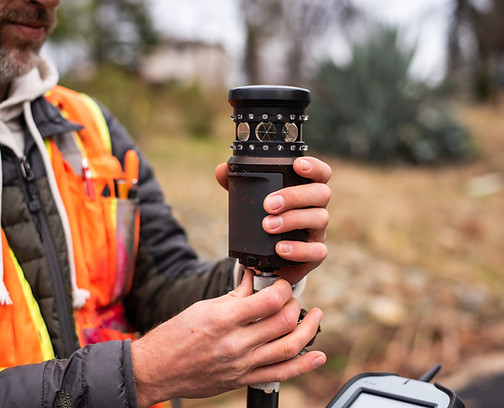
Why Flood Monitoring Matters
Localized flooding is becoming more frequent and severe.
Yet most local governments still find out about flooded roads from:
-
Resident phone calls
-
Social media
-
Crews already in the field
By the time information reaches decision-makers, roads are closed, vehicles are stranded, and staff are in reactive mode.
Cloudsyte Flood Monitoring IoT gives municipalities a clear, real-time picture of where water is rising and how often it happens, so they can:
-
Protect drivers and emergency responders
-
Prioritize drainage improvements
-
Support funding and grant applications with objective data
What Cloudsyte Provides
Cloudsyte offers a flood monitoring kit designed specifically for local governments:
-
Flood Sensors & Hardware (IoT Devices)
-
Compact, rugged sensors installed at flood-prone locations (inlets, culverts, low-lying intersections).
-
Measure water level or pressure at roadside drains or channels.
-
Solar-powered options to reduce electrical work, where appropriate.
-
GPS-enabled and connected via cellular or low-power wide-area networks (e.g., LTE/LoRaWAN), depending on site needs.
-
-
Cloudsyte Platform Integration
-
All sensor readings are ingested into the Cloudsyte platform.
-
Each location is linked to the relevant asset, street segment, and responsible department.
-
Dashboards show current status and event history on an interactive map.
-
-
Alerts & Task Management
-
When water reaches a predefined threshold, Cloudsyte can generate:
-
On-screen alerts in the dashboard
-
Email or in-app notifications to designated staff (e.g., Public Works, Emergency Management)
-
-
A task can be automatically created in Cloudsyte’s action management module, assigning a lead and tracking the response from “Detected” → “Inspected” → “Resolved / Safe”.
-
-
Historical Trends & Planning Support
-
Over time, the system builds a record of:
-
Where flooding occurs most often
-
How high water levels rise
-
How long it takes to recede
-
-
These insights help identify locations that should be prioritized for drainage upgrades, green infrastructure, or capital projects.
-
Cloudsyte doesn’t just show where water is today – it helps you plan for where it will be a problem tomorrow.

Typical Use Cases
-
Roadway & Intersection Flooding
-
Monitor low points and underpasses that frequently flood to trigger early response and closures.
-
-
Drainage System Performance
-
Evaluate how quickly different parts of the drainage network respond to heavy rainfall.
-
-
Emergency Management Support
-
Provide situational awareness to 911 centers, police, and fire departments during severe storms.
-
-
Capital Planning & Grants
-
Use sensor data to justify drainage improvements, culvert upsizing, and resilience funding applications.
-
How a Deployment Works
-
Site Selection & Planning
-
Cloudsyte works with city staff to identify priority locations based on past flooding, critical routes, and vulnerable areas.
-
We design a practical network layout that balances coverage and cost.
-
-
Sensor Procurement & Configuration
-
Cloudsyte sources or integrates with compatible third-party sensors (we are hardware-agnostic).
-
Each device is configured with ID, GPS coordinates, and thresholds.
-
-
Installation & Connectivity
-
Installation can be performed by city crews or a local contractor, with guidance from Cloudsyte.
-
Once powered, devices begin sending readings to the Cloudsyte platform.
-
-
Dashboard & Alert Setup
-
Cloudsyte configures the Flood Monitoring view, alerts, and task workflows.
-
Staff receive basic training on how to monitor, respond, and review events.
-
-
Ongoing Support & Optimization
-
Cloudsyte helps adjust thresholds, add new locations, and integrate lessons learned after real events.
-
